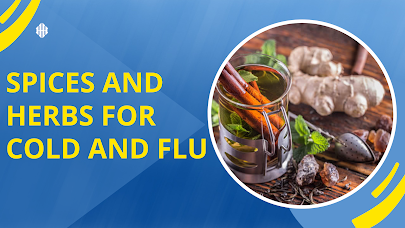Vegetable oils are widely used, especially in Indian kitchens. Vegetables are made by using distinctive fruits, vegetables, and seeds. This includes a few examples, like olive oil, rapeseed oil, palm oil, coconut oil, and sunflower oil. The growing demand for Indian grocery items in both the domestic and international markets. Hence, the growing demand for Wholesale Indian grocery suppliers would act as a great opportunity for these suppliers.
Earlier, a traditional method to extract oils from the ingredients, through pressing and squishing seeds and vegetables, Nevertheless, the methods have changed backed by the rising population demand. This has led to stimulating them to shift to machinery-generated vegetable oils. Hence, this reflects the growth of the Cooking Oil Supplier in India.
Olive oil is one of the top examples of traditional methods of extracting oil in a simple way. Nuts and seeds require a refinement method to extract oil. early, the oil extraction process obtained about 10% oil but now, machinery is used to obtain about 98% of oil from plants. And now there are different stages to generating vegetable oils, including, cleaning, pressing, refining, solvent extraction, and packaging.
Oil extraction comprises the following steps that are mentioned below:
Cleaning
Nuts and seeds cleaning are done at a primary stage. Where contaminated materials are removed from the seeds and nuts. Once, they have run over the magnets with the purpose to remove metal traces. They get deskinned and further, crushed up subsequently, undergoes the heating process in order to extract the oil.
Pressing
Once the seeds and nuts are heated, it undergoes for pressing method. Where pressing of meals will steadily increase the pressure, which facilitates the oil extraction from a meal. We get oil that might be in less quantity. Through this method, we can extract oil from plants, nevertheless, an efficient method is oil extraction by using a solvent.
Solvent extraction
The method of extracting oils by adding solvents. In this, one can extract a large amount of oil. These solvent-treated seeds entail the pressing and adding of solvents to ensure the proper oil dissolve. Later the solvent is distilled out and the rest oil is being ready to be refined.
Refining process
Once the traces from the solvent-treated oil has removed, then further the oil is refined to remove its natural odor, color, and bitterness. Which is refined at a certain temperature to 85 degrees C and combined with an alkaline component while the oil refining process. After that packaging is the top process that is done with the purpose to extract oil from the plants.
After the degumming process is performed, where oil is treated with water and acid. Gums and dregs are removed through this method. Once, you are done with the degumming process, subsequently, the oil is bleached by filtering the pigmented materials from the oils. Additionally, the deodorization process is taken place, in which steam passes through the oil and a little amount of citric acid is added to remove any metal traces that reduce the oils’ shelf life.
Packaging
Once the oils are processed and completed with the entire oil extraction process. Now, they are ready to be packaged and poured into a clean container. And is ready to be shipped to the suppliers.


.png)










